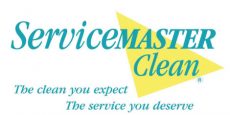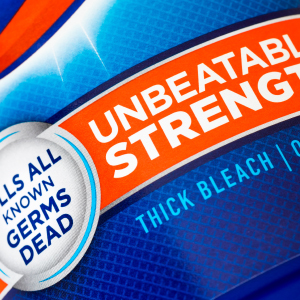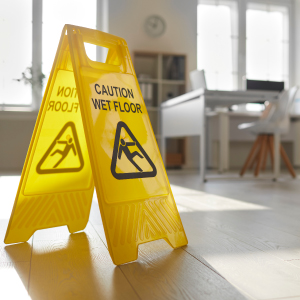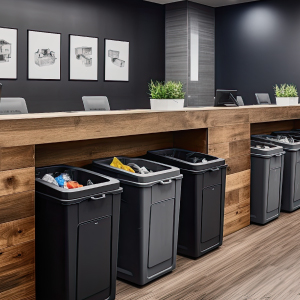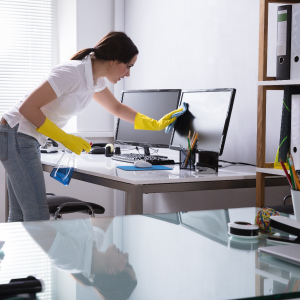Earlier civilisations (around 5000B.C) knew that washing and drying garments in sunlight would whiten them. From 300 B.C., a method that involved burning seaweed and then extracting soda ash from it was used to clean and whiten cloth, and during the Middle Ages the Dutch developed a technique for whitening fabrics by spreading them out in fields to expose them to sunlight.
However, these were very time consuming processes and the household bleach we use today developed from the initial discovery of chlorine by Swedish chemist Carl Wilhelm Scheele in the 1770s. A few years later the French chemist Claude Louis Berthollet, realising chlorine’s bleaching properties, added potash to make it more effective and by 1799, Scottish chemist and industrialist Charles Tennant decided to use limestone instead of the more expensive potash to develop a patented bleaching powder. Liquid bleach finally made its debut in 1913 as a product of the new Electro-Alkaline Company.
As a cheap, easily available disinfectant, bleach is very effective at cleaning, sanitising, and killing germs and is commonly found in the majority of households. When used properly it is very useful – but it should be used with some caution as in the wrong place it can do more harm than good.
Firstly, it’s worth remembering that bleach’s main benefit is as a disinfectant, not a cleaner and it can be harsh enough to remove protective sealants leading to discolouration, pitting, and dulling on some surfaces.
Bleach should always be diluted, not used neat, and once diluted it shouldn’t be saved for another day as it loses its disinfectant properties.
While it’s safe to use on surfaces like sealed granite, plastic cutting boards, glazed tiles or painted or varnished wood, bleach shouldn’t be used on porous surfaces which includes most stone surfaces including unsealed granite or marble, untreated wood, carpets, or upholstery. It certainly shouldn’t be used on electronic items or metals such as silver, copper or aluminium as it is corrosive.
People do use diluted bleach to clean grout, and it can work to some extent, but ultimately, grout is also a porous substance so eventually the grout can fade, discolour or erode.
In terms of laundry, bleach can be an effective cleaner. Oxygen bleach can used on clothes as it is colour-safe and sanitising. Chlorine bleach can be used on whites for a deep clean and to remove stains but shouldn’t be used on coloured or patterned items and certainly not on delicate fabrics such as leather, wool, silk, or spandex.
Although it is a standard household item, to use bleach safely, make sure that the room is well-ventilated, use gloves to protect skin and never mix it with any other cleaning product as this may produce a chemical reaction that can cause the release of toxic gasses. Be aware and proceed with caution to use it safely and effectively.
For deep cleans and effective infection control measures in more commercial environments, it’s also worth considering a specialist cleaning and surfaces maintenance organisation.
